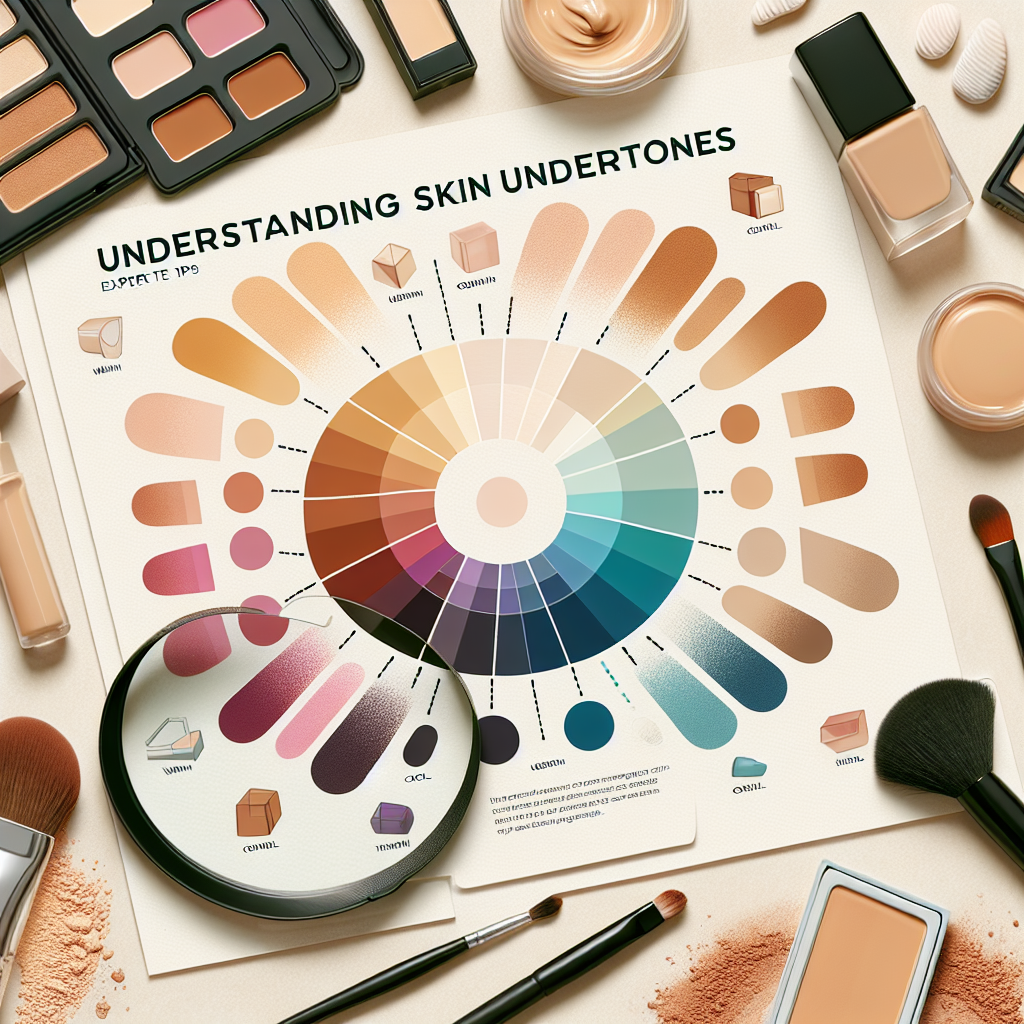Choosing the right makeup shades can be a daunting task, especially when it comes to understanding skin undertones. Whether you’re picking foundation, concealer, or blush, knowing your undertone can make all the difference in achieving that flawless look.
What Are Skin Undertones?
Skin undertones are the natural hues that exist beneath the surface of your skin. Unlike your skin tone, which can change due to factors like sun exposure or aging, your undertone remains constant throughout your life. There are three primary undertones:
- Cool: Features hints of pink, red, or blue.
- Warm: Contains yellow, peach, or golden hues.
- Neutral: A mix of both cool and warm undertones.
How to Identify Your Undertone
Identifying your skin undertone can be achieved through various methods. Here are a few effective techniques:
1. The Vein Test
Look at the veins on the inside of your wrist. If they appear blue, you likely have a cool undertone. Greenish veins indicate a warm undertone, while a mix of both suggests a neutral undertone.
2. The White Cloth Test
Hold a pure white cloth next to your face in natural light. If your skin looks better against the white cloth, you likely have a cool undertone. If you look better against a cream or off-white cloth, you probably have a warm undertone. If both look equally good, you may have a neutral undertone.
3. The Jewelry Test
Consider whether you look better in silver or gold jewelry. Silver typically flatters cool undertones, while gold tends to enhance warm undertones. If both look good, you might have a neutral tone.
Makeup Tips for Each Undertone
Once you’ve identified your undertone, here are some tips for choosing the right makeup:
For Cool Undertones
Opt for foundations with a pink or red base. Suitable shades include rosy pinks, cool taupes, and shades like lavender or plum for eyes and lips.
For Warm Undertones
Choose foundations with yellow or golden bases. Look for warm peach, coral, and earthy tones in blushes and eyeshadows, as well as warm reds for lips.
For Neutral Undertones
Neutral undertones can wear a wide range of shades. Look for foundations labeled as “neutral” and experiment with both warm and cool shades to see what you prefer.
Common Mistakes to Avoid
Matching makeup shades can be tricky; here are some common mistakes to avoid:
- Choosing the Wrong Foundation Shade: Always test foundation in natural light to avoid mismatches.
- Ignoring Undertones: Don’t just focus on the surface color; consider your undertones for better pairing.
- Overlooking Lighting: Makeup can look different under various lighting conditions, so test before purchasing.
Conclusion
Understanding your skin undertones is fundamental to selecting the right makeup products. By using the tests and tips outlined in this article, you can find shades that enhance your natural beauty and ensure a flawless appearance. Happy color matching!

